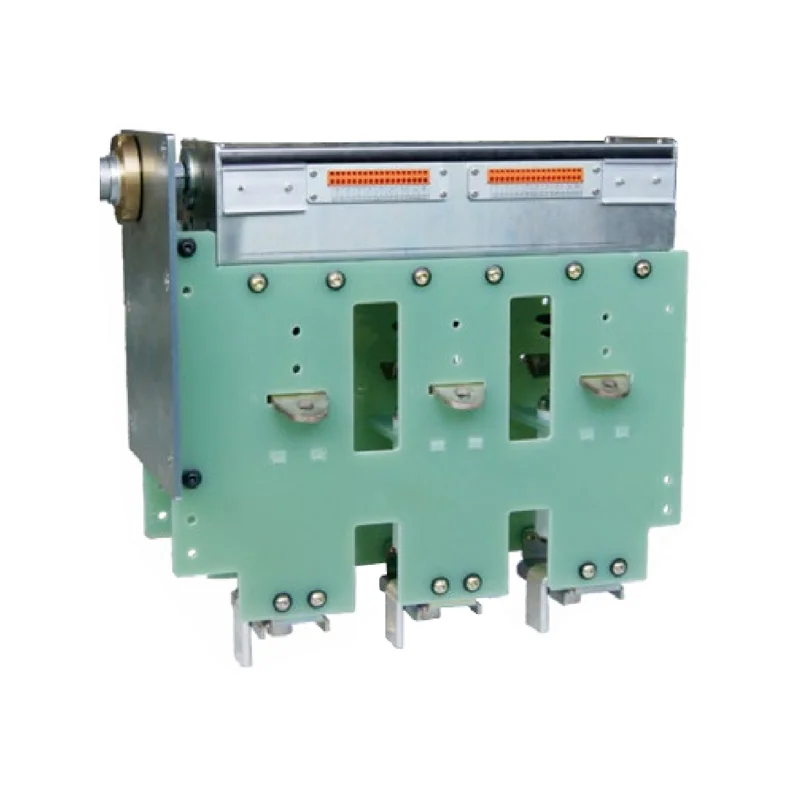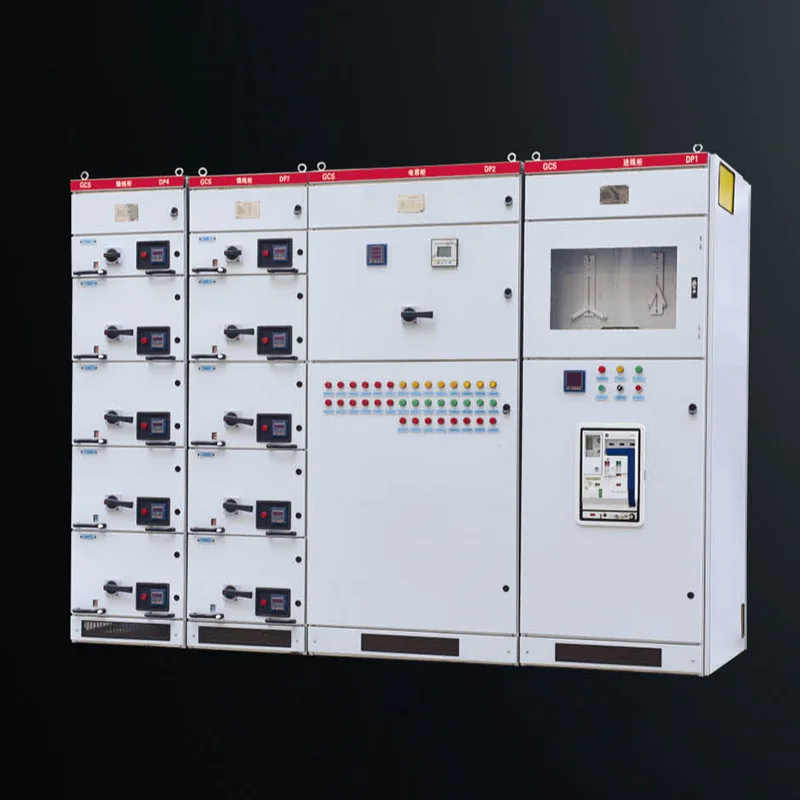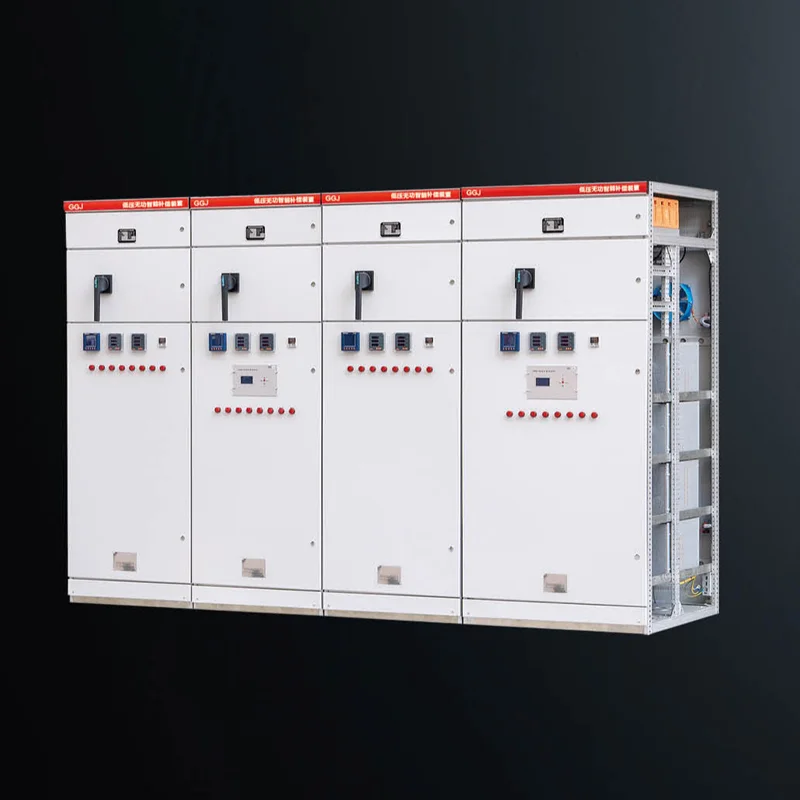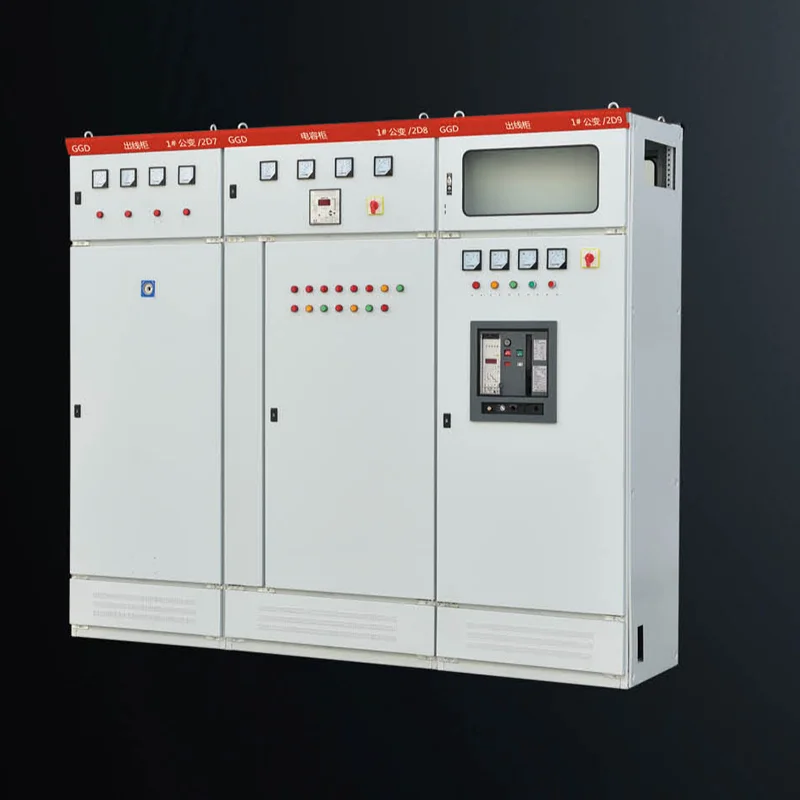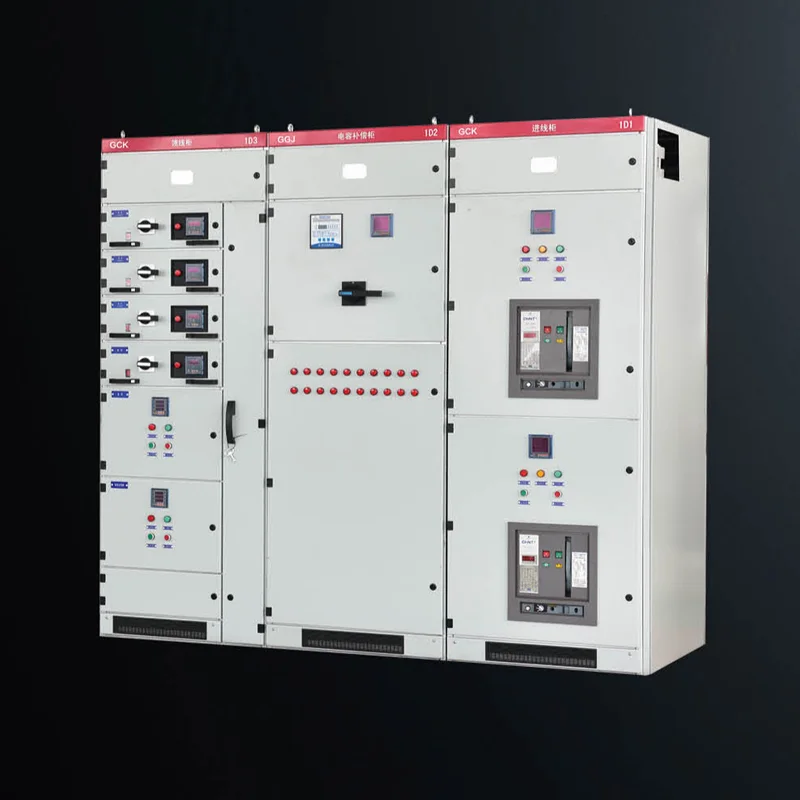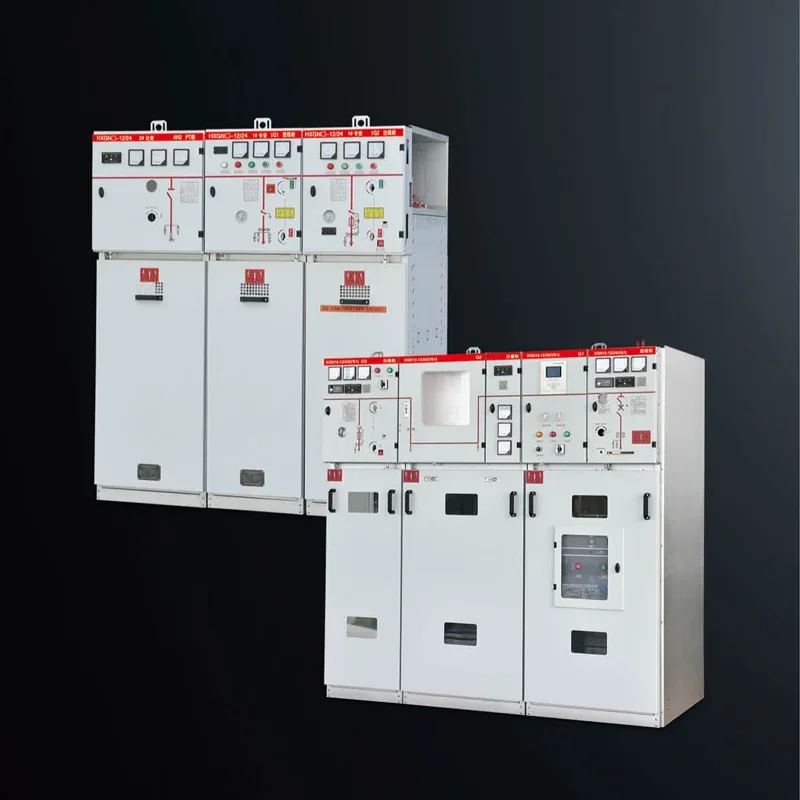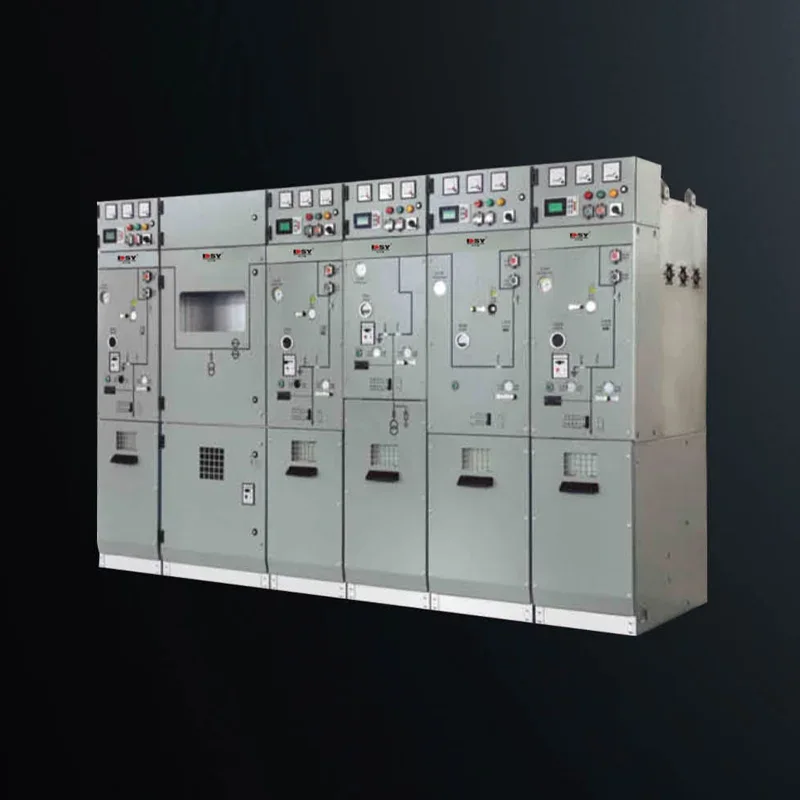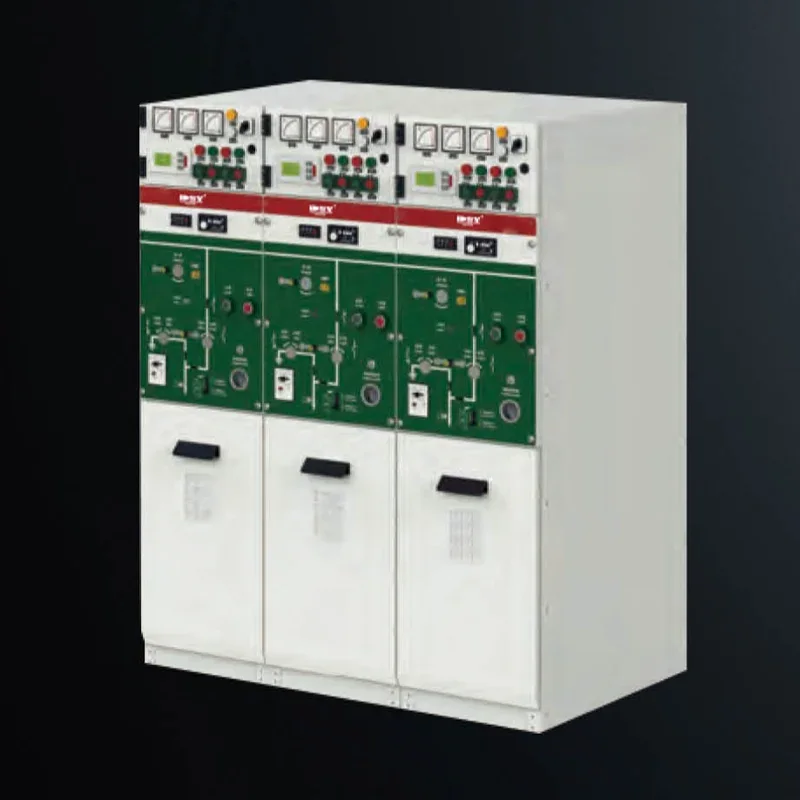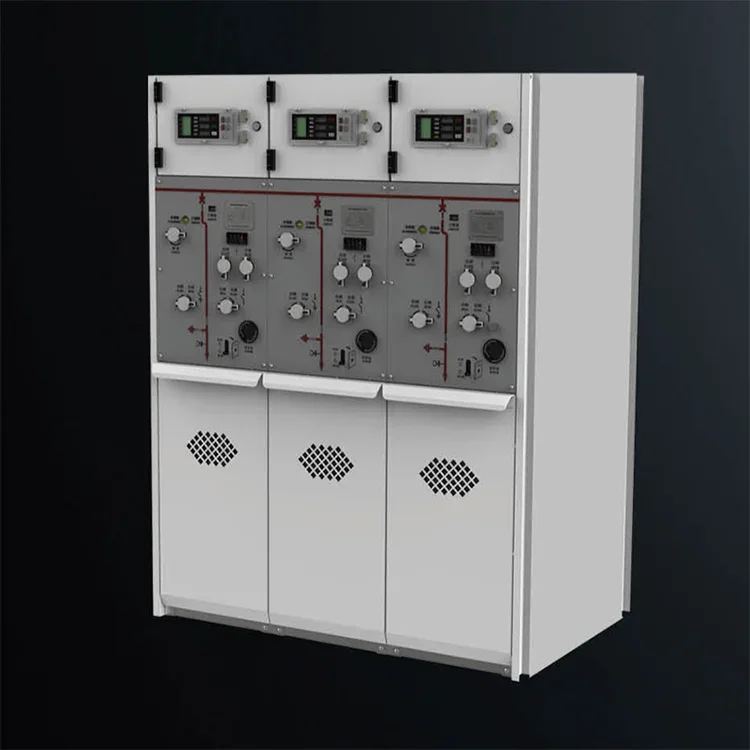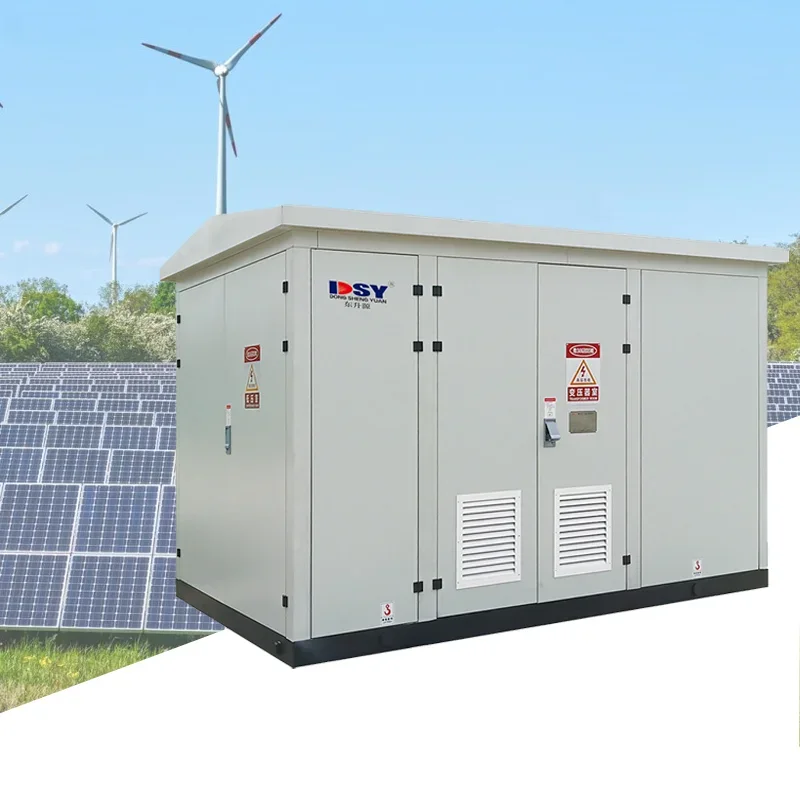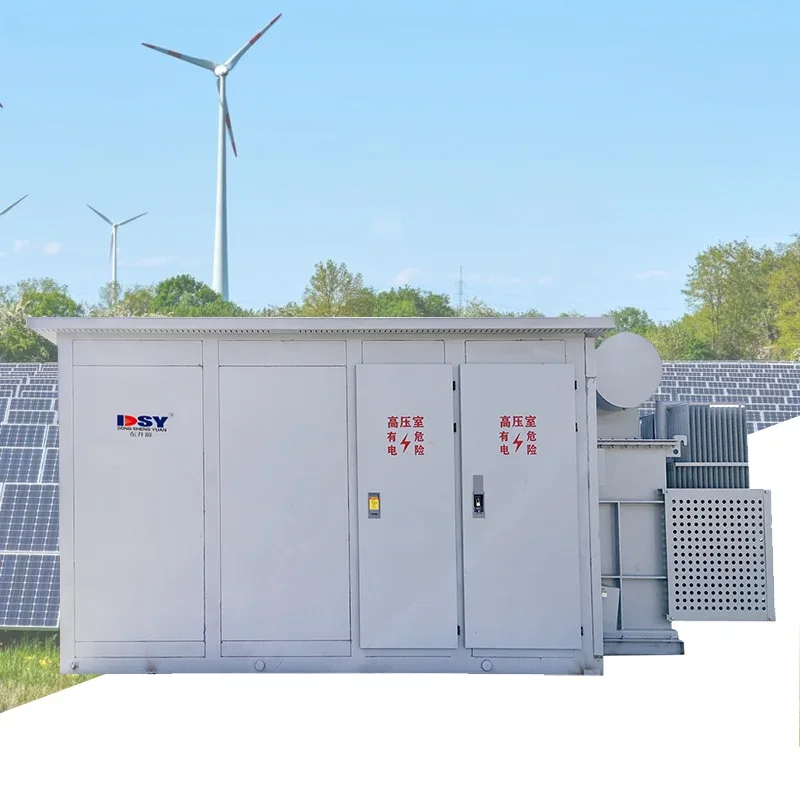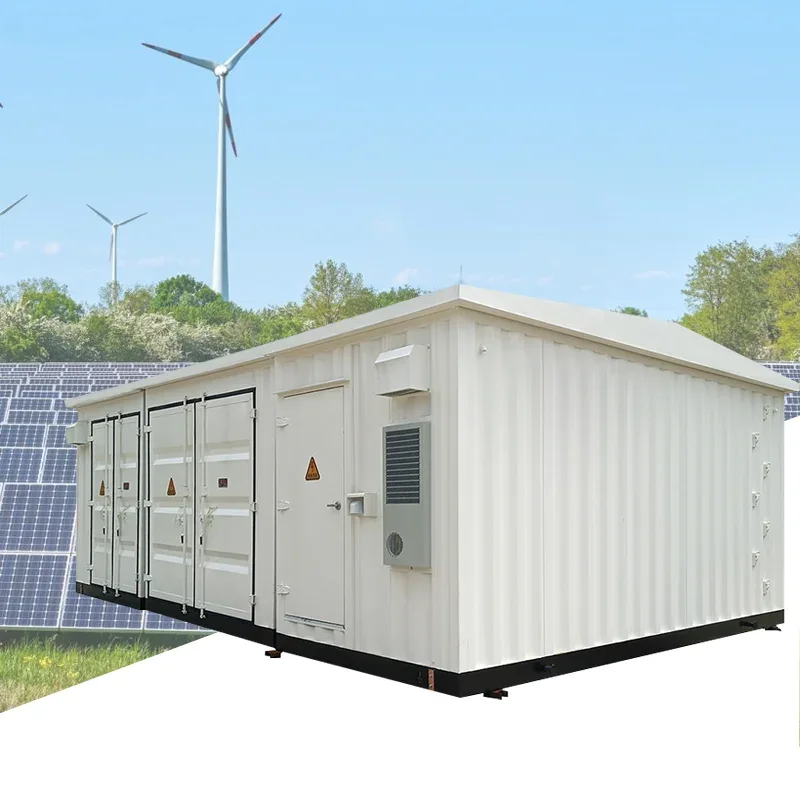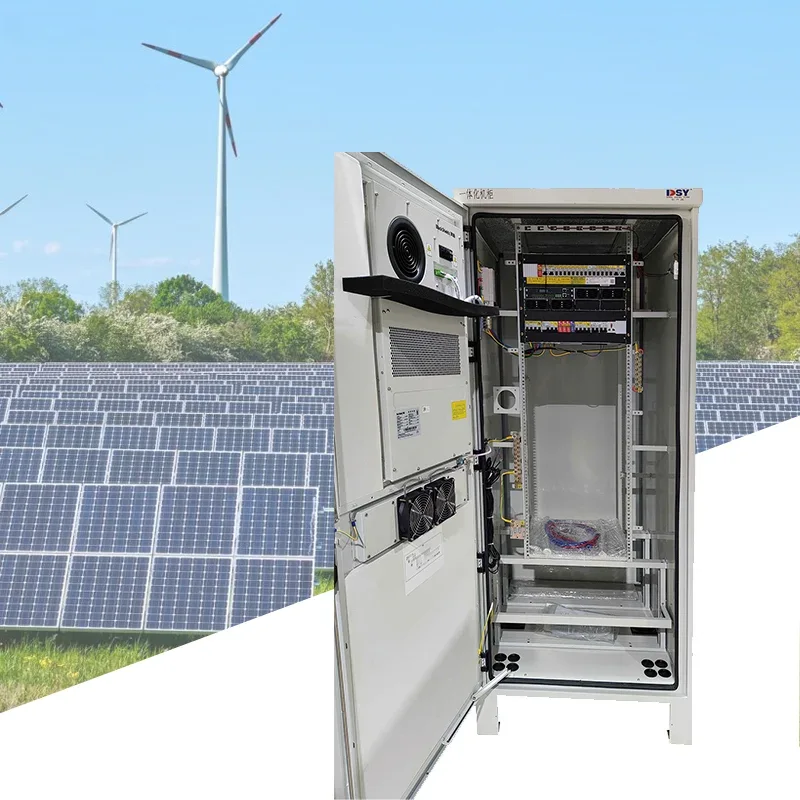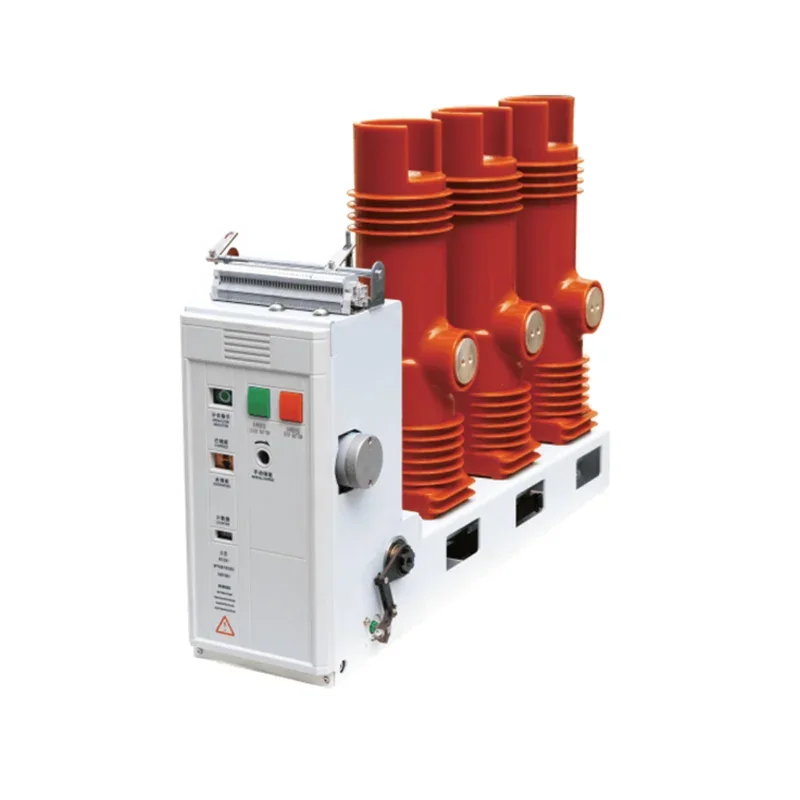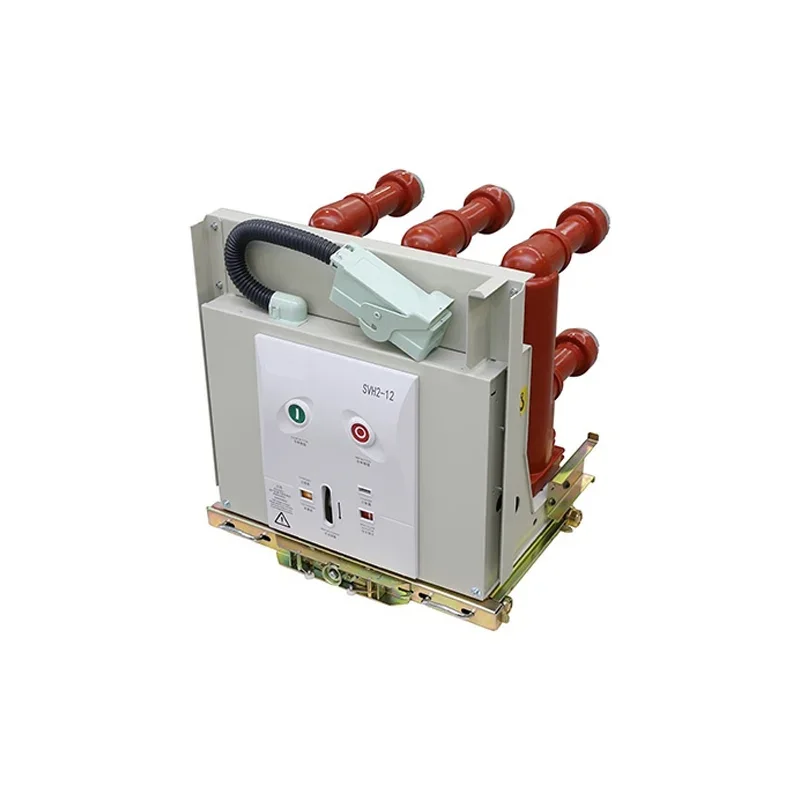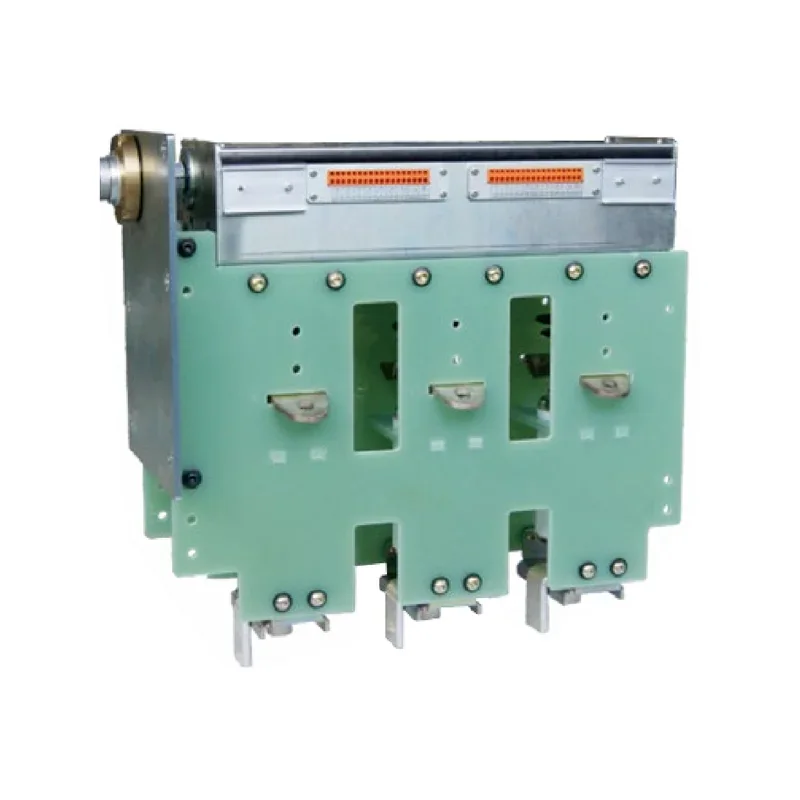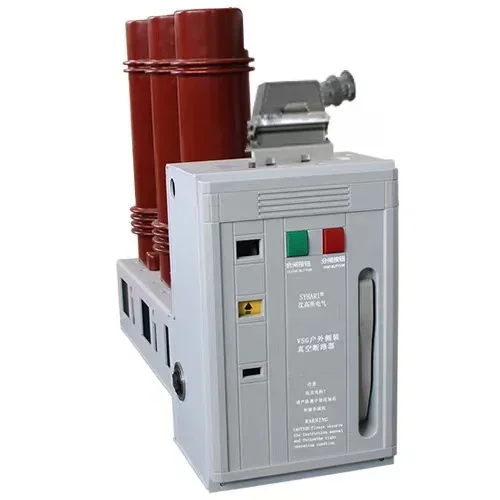The Future of Power Distribution: Understanding the Crucial Role of Gas Insulated Switchgear
The Future of Power Distribution: Understanding the Crucial Role of Gas Insulated Switchgear Table of Contents What is Gas Insulated Switchgear? Benefits of Gas Insulated Switchgear Applications of Gas Insulated Switchgear Gas Insulated Switchgear vs. Air Insulated Switchgear Future Trends in Power Distribution and GIS The Role of GIS in Renewable Energy Integration Ch
Jul 27,2025
The Future of Power Distribution: Understanding the Crucial Role of Gas Insulated Switchgear
Table of Contents
- What is Gas Insulated Switchgear?
- Benefits of Gas Insulated Switchgear
- Applications of Gas Insulated Switchgear
- Gas Insulated Switchgear vs. Air Insulated Switchgear
- Future Trends in Power Distribution and GIS
- The Role of GIS in Renewable Energy Integration
- Challenges and Considerations in Implementing GIS
- Conclusion
- FAQs
What is Gas Insulated Switchgear?
Gas Insulated Switchgear (GIS) is a compact and efficient technology used for power distribution and protection. Unlike traditional air-insulated switchgear, GIS utilizes a gas, typically sulfur hexafluoride (SF6), as an insulating medium. This innovative approach allows for a significant reduction in the physical footprint of substations while enhancing safety and reliability. GIS is particularly advantageous in urban areas where space is at a premium, as well as in harsh environmental conditions.
Benefits of Gas Insulated Switchgear
The adoption of Gas Insulated Switchgear offers numerous benefits, making it an essential component in modern power distribution systems.
1. Space Efficiency
One of the most significant advantages of GIS is its compact design. The use of gas insulation means that equipment can be placed closer together, reducing the overall footprint of substations significantly. This is particularly beneficial in urban environments where land is expensive and limited.
2. Enhanced Safety
GIS systems are designed to operate safely under various conditions. The sealed nature of GIS minimizes the risk of electrical faults and reduces the likelihood of accidents caused by environmental factors like wind, rain, and snow. Additionally, the use of SF6 gas, which has excellent insulating properties, further enhances safety by preventing electric arcs and flashovers.
3. High Reliability and Low Maintenance
Gas Insulated Switchgear is known for its reliability. The sealed compartments protect critical components from dust, moisture, and other contaminants. As a result, GIS typically requires less maintenance compared to traditional switchgear, lowering operational costs over time.
4. Environmental Sustainability
With growing concerns about climate change and environmental impact, GIS is a sustainable choice. The use of SF6 gas, while potent as a greenhouse gas, can be managed effectively to minimize emissions through proper handling and recycling practices. Moreover, the reduced land use associated with GIS contributes to less environmental disruption.
Applications of Gas Insulated Switchgear
Gas Insulated Switchgear is versatile and finds applications across various sectors, including:
1. Utility Power Plants
GIS is extensively used in utility power plants to manage the distribution of electricity to residential and commercial consumers. Its compact design allows for the efficient operation of substations without occupying excessive land.
2. Industrial Facilities
Industries requiring high reliability in their electrical systems, such as petrochemicals and pharmaceuticals, utilize GIS to ensure uninterrupted power supply and safety from electrical hazards.
3. Renewable Energy Systems
As the world shifts towards renewable energy, GIS plays a critical role in integrating solar and wind power into the grid. Its ability to operate under variable conditions makes it ideal for managing the fluctuating power output from renewable sources.
Gas Insulated Switchgear vs. Air Insulated Switchgear
When evaluating technology options for power distribution, it's essential to understand the differences between Gas Insulated Switchgear (GIS) and Air Insulated Switchgear (AIS).
1. Size and Space Requirements
GIS is significantly more compact than AIS, allowing utilities to utilize limited urban spaces more effectively. This compactness leads to lower construction and land costs.
2. Environmental Protection
GIS offers superior protection against environmental influences, as it is less susceptible to weather-related disruptions. In contrast, AIS requires more robust protection measures, particularly in harsh climates.
3. Reliability and Maintenance
GIS is known for its low maintenance requirements due to its sealed design, while AIS requires regular inspections and maintenance. This reliability makes GIS a preferred choice for critical infrastructure.
Future Trends in Power Distribution and GIS
As the electrical landscape continues to evolve, several trends are shaping the future of power distribution with a focus on GIS.
1. Smart Grids
The integration of GIS into smart grid technology is revolutionizing how electricity is distributed and managed. Smart grids leverage real-time data and communication technology to optimize power flow, improve efficiency, and enhance responsiveness to demand changes.
2. Increased Demand for Renewable Energy
As global energy policies shift towards sustainability, the demand for clean energy sources is increasing. GIS facilitates the integration of renewables into the grid, supporting the transition to a lower-carbon energy future.
3. Digitalization and Automation
The rise of digital technologies is enhancing the capabilities of GIS. Automated monitoring and control systems allow for enhanced performance, predictive maintenance, and improved response to operational challenges.
The Role of GIS in Renewable Energy Integration
Integrating renewable energy sources into existing power grids poses unique challenges. Gas Insulated Switchgear is pivotal in addressing these challenges.
1. Managing Intermittency
Renewable energy sources like solar and wind are inherently intermittent. GIS can efficiently manage these fluctuations, ensuring a stable power supply even as demand and generation vary.
2. Enhancing Grid Resilience
GIS enhances the resilience of power distribution systems by enabling quick isolation and restoration of power during outages. This resilience is crucial as utilities adapt to the growing presence of renewable sources.
3. Supporting Decentralization
The rise of decentralized energy systems, where power generation occurs closer to the point of consumption, aligns with the capabilities of GIS. Its compact design allows for the integration of small-scale renewable generation into the grid seamlessly.
Challenges and Considerations in Implementing GIS
While Gas Insulated Switchgear offers numerous advantages, there are challenges associated with its implementation.
1. Initial Cost
The upfront cost of GIS can be higher than traditional air-insulated systems. However, the long-term savings associated with lower maintenance and higher reliability often justify this initial investment.
2. SF6 Gas Management
The environmental impact of SF6 gas is a concern that requires careful management. Implementing best practices for handling and disposal is essential to minimize its greenhouse gas footprint.
3. Skilled Workforce Requirement
The specialized technology of GIS necessitates a workforce skilled in its installation, operation, and maintenance. This need for trained personnel can pose challenges for some utilities.
Conclusion
Gas Insulated Switchgear represents a significant advancement in power distribution technology, providing essential benefits such as space efficiency, enhanced safety, and high reliability. As the energy landscape evolves towards greater sustainability and efficiency, GIS will play a crucial role in meeting the future demands of power distribution. By embracing technologies like GIS, utilities can enhance their operations, integrate renewable energy sources, and build resilient electrical infrastructures capable of supporting a sustainable energy future.
FAQs
1. What is the primary benefit of using Gas Insulated Switchgear?
The primary benefit of Gas Insulated Switchgear is its compact size, which allows for reduced physical space requirements while enhancing safety and reliability.
2. How does GIS compare to traditional Air Insulated Switchgear?
GIS is more compact, requires less maintenance, and provides better environmental protection than traditional Air Insulated Switchgear.
3. Is Gas Insulated Switchgear environmentally friendly?
While GIS utilizes SF6 gas, which is a potent greenhouse gas, its overall environmental impact can be managed effectively through proper handling and recycling practices.
4. What industries benefit the most from GIS technology?
Industries such as utilities, petrochemicals, and renewable energy sectors benefit significantly from GIS technology due to its reliability and efficiency.
5. What future trends are influencing Gas Insulated Switchgear technology?
Key trends influencing GIS technology include the rise of smart grids, increased demand for renewable energy, and advancements in digitalization and automation.
PREVIOUS:
Related News
From June 5th to 8th, 2025, Shenzhen Dongshengyuan Electrical Equipment Co., Ltd. (hereinafter referred to as "Dongshengyuan Electric") participated in the Southeast Asia Electricity and Energy Exhibition (SEAPAE) held in Jakarta, Indonesia. During the exhibition, the company highlighted its three core product lines: high-voltage and low-voltage distribution switchgear, intelligent circuit breakers, and environmentally friendly load switches. These products are designed to provide targeted solutions for the high temperature and high humidity environments commonly found in Southeast Asia, as well as the growing demand for new energy access. They have successfully attracted over 200 industry customers for business negotiations.
The difference between circuit breakers and vacuum circuit breakers
Circuit breaker is an abbreviation for pole type circuit breaker. Circuit breakers are also vacuum circuit breakers

